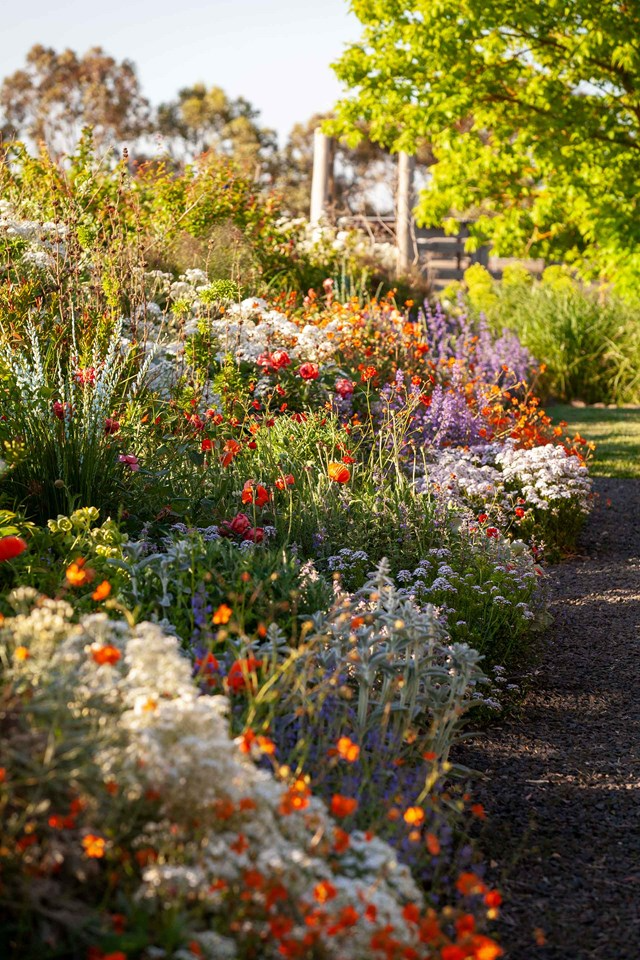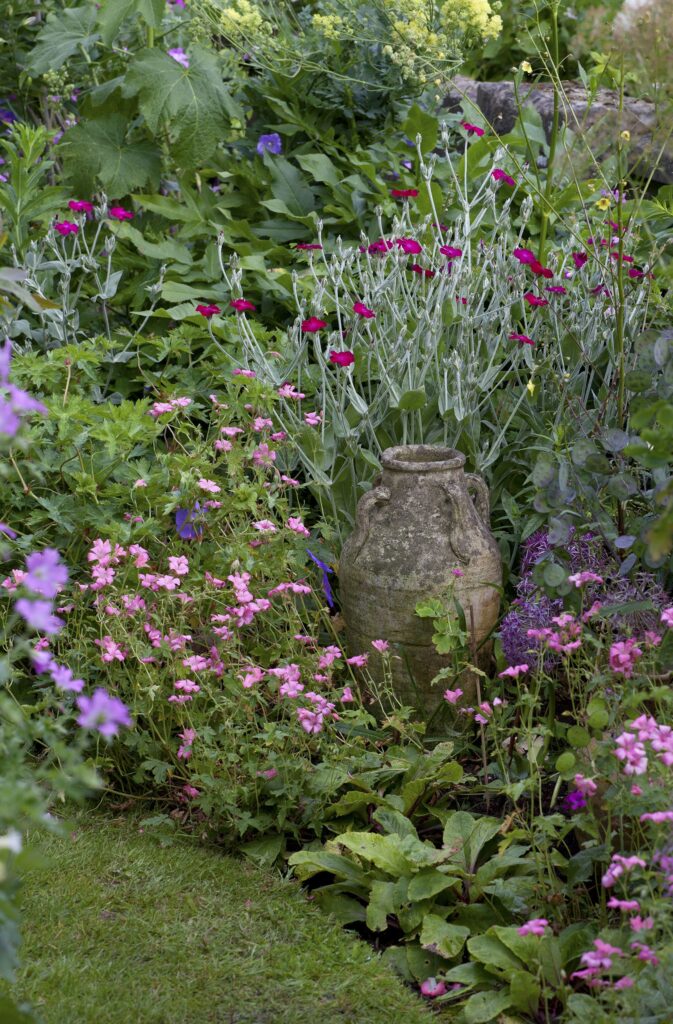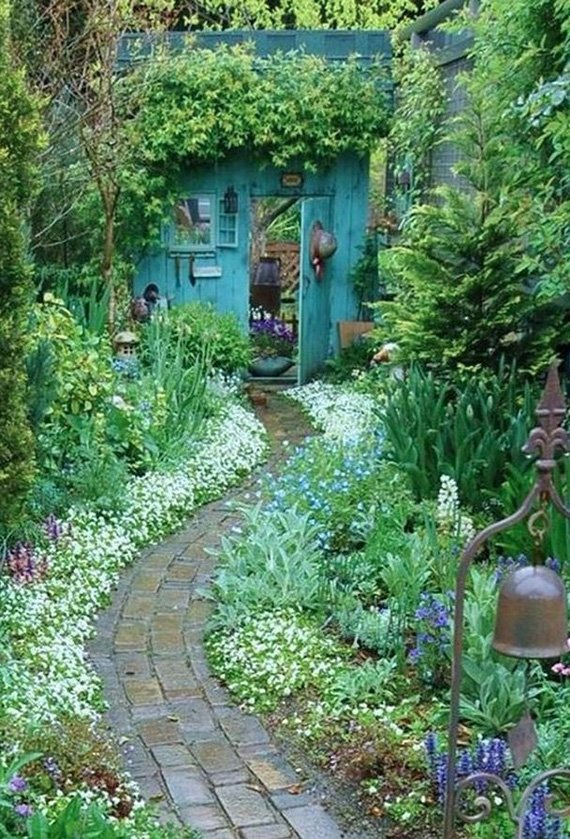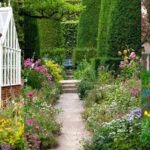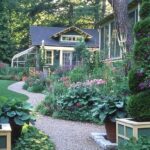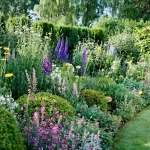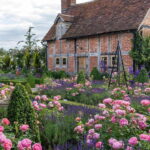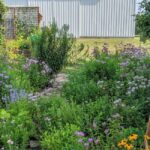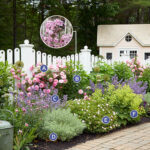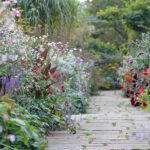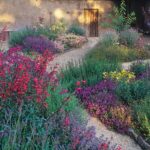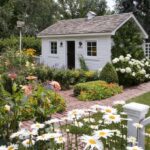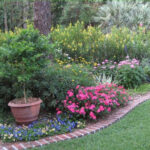Cottage gardens are a charming and whimsical style of gardening that has been popular for centuries. Originating in England during the early 19th century, cottage gardens were traditionally planted around small homes in the countryside. They were meant to provide a source of food, medicinal herbs, and beautiful flowers for the occupants.
One of the key features of a cottage garden is its informal and free-flowing design. Unlike more formal garden styles, such as French or Italian gardens, cottage gardens are known for their mix of plants and flowers, often grown in a seemingly haphazard manner. This creates a lush and vibrant look that is reminiscent of a wildflower meadow.
Cottage gardens often include a variety of plants, from herbs and vegetables to perennials and annuals. This eclectic mix of flora creates a tapestry of colors, textures, and scents that is sure to delight the senses. Roses, lavender, foxgloves, and delphiniums are commonly found in cottage gardens, adding a touch of romance and nostalgia to the space.
In addition to their aesthetic appeal, cottage gardens are also practical. Many of the plants grown in these gardens are edible or have medicinal properties, making them not only beautiful but also functional. This dual purpose harks back to the origins of cottage gardens, where families would rely on their gardens for sustenance and healing.
Creating a cottage garden is a rewarding endeavor that allows for personal expression and creativity. Gardeners can experiment with different plant combinations and layouts, letting their imagination run wild. Cottage gardens also provide a habitat for pollinators and other beneficial insects, making them a valuable addition to any outdoor space.
Whether you have a sprawling country estate or a small urban plot, a cottage garden can be adapted to fit any space. By embracing the free-spirited and charming nature of this garden style, you can create a magical and enchanting outdoor retreat that will bring joy and beauty to your surroundings.
